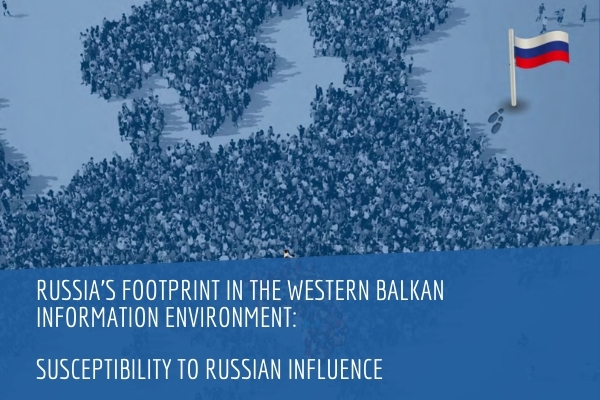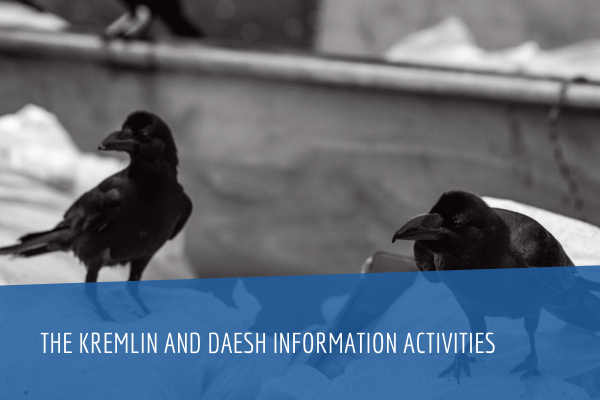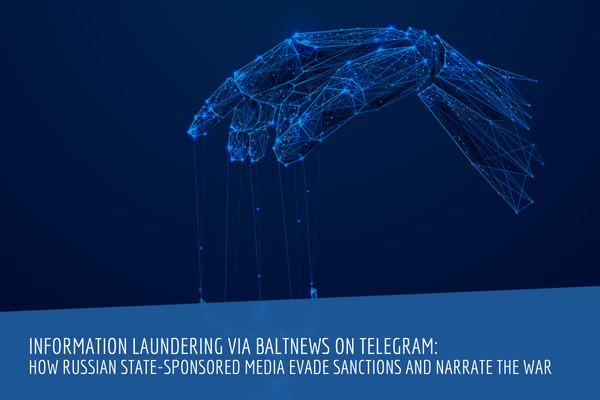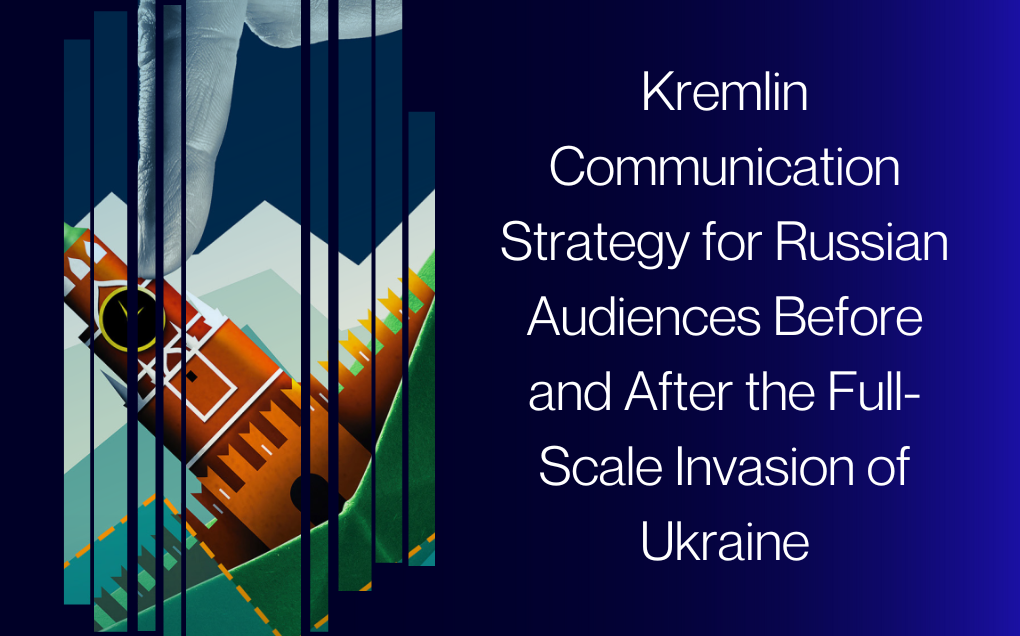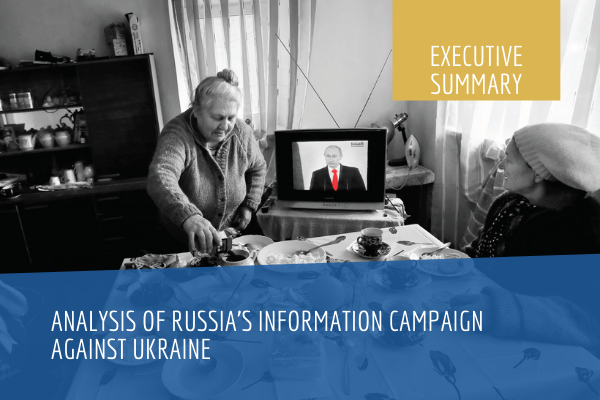Since 2019 the NATO Strategic Communications Centre of Excellence (StratCom COE) has been analysing Russia’s influence in the information environment of the Western Balkans (WB). In 2020, in the framework of the project "Russia's Footprint in the Western Balkan Information Environment" it published four reports that analysed Russia’s interests in the region and its influence toolbox, and identified the vulnerabilities that make the Western Balkan countries susceptible to external manipulation. The project also identified narratives promoted by the Kremlin regarding the WBs and examined the role of local WB media in spreading those narratives. You can read the full reports by clicking on the links provided below:
- Russia’s Strategic Interests and Tools of Influence in the Western Balkans
- Risks and Vulnerabilities in the Western Balkans
- Russia’s Narratives toward Western Balkans: Analysis of Sputnik Srbija
- Tracking Russia’s Narratives in the Western Balkan Media
This report is the final piece of the project; it summarises the findings of the previous reports and then goes on to explore and assess the perceptions and attitudes of WB populations with regard to Russian influence activities in the WB media space.
Information is an important element of Russia’s strategic thinking and the Kremlin spreads pro-Russian narratives, which often appear as disinformation disseminated via a set of media channels. One of these is Sputnik Srbija, the Serbian subsidiary of the Russian state-owned news outlet Sputnik, which maintains both a website and a radio broadcast service. Present in the WB region since 2015, Sputnik Srbija publishes in the Serbian language (in both the Cyrillic and Latin alphabets) from its offices in the capital city of Belgrade. Due to similarities among the languages spoken in BiH, Croatia, Montenegro, and Serbia (also known as the BCMS languages), Sputnik Srbija’s content can reach audiences across the Balkans.
Opinion polls and media monitoring tools do not place Sputnik Srbija among the region’s top media outlets. However, according to local experts it is by and large the most influential Russia affiliated media outlet in the WBs, mostly due to distribution of its content by local media.
To better understand the role Sputnik Srbija plays in the WB media environment, the NATO StratCom COE not only analysed the narratives it promotes, but also tracked how the content it produces is distributed or republished by other Western Balkan media. The anti-NATO and anti-EU narratives promoted by Sputnik Srbija were found across the media space—from the mainstream media to fringe websites publishing in BCMS languages—but the extent of their influence on WB audiences could not be easily established.
Therefore, the NATO StratCom COE undertook a comprehensive audience study in order to gain a better understanding of media consumption habits across the region, to analyse the susceptibility of WB audiences to mis- and disinformation, and to test specifc narratives promoted by Kremlin.
The data collection was done by IPSOS Strategic Marketing – Public Affairs in 2020, applying following research methods:
- Media landscape analysis: quantitative study of media consumption habits and audience characteristics.
- Quantitative research: an ad hoc mixed-mode (telephone and online) survey on a nationally representative sample of the general population aged 16 and above (at least 1000 respondents in Albania, BiH, Kosovo, Montenegro, North Macedonia, and Serbia).
- Qualitative research: 24 online focus groups with members of the general population, aged 16 and above, in Albania, BiH, Kosovo, Montenegro, North Macedonia, and Serbia (4 groups per country).
Based on the findings of this audience research, the NATO StratCom COE draws a number of conclusions regarding the reach and impact of Russian influence activities on the general public in the Western Balkans which can be helpful for NATO, the EU, and other interested stakeholders in their efforts to build resilience against malign influence in the region. This report answers following questions:
- How great is the potential for Russia to reach Western Balkan audiences via the media space?
- What is the correlation between an audience’s foreign policy preferences and its attitudes toward the narratives spread by Sputnik Srbija?
- How do WB audiences perceive the narratives promoted by Russia identified in the StratCom COE report Russia’s Narratives Toward the Western Balkans: Analysis of Sputnik Srbija?
- Which audiences in the WBs are most susceptible to the Kremlin’s narratives?
- What is the potential for hostile actors to exploit societal vulnerabilities to influence audiences during a crisis (taking COVID-19 as the most recent example)?
